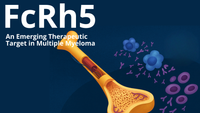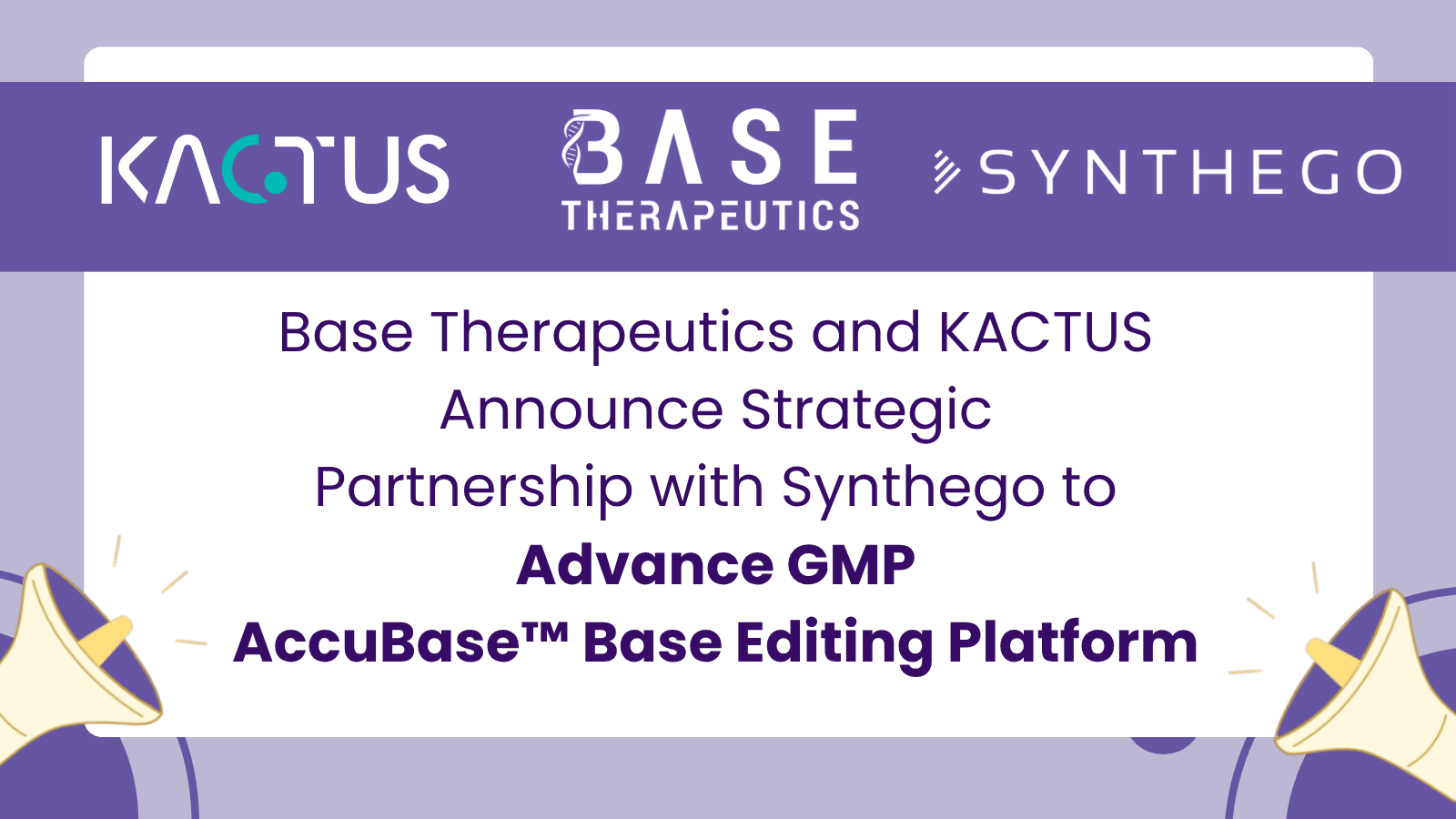Deciphering LY6G6D - An Emerging Target in Colorectal Cancer
By Yujiao Zhang
Colorectal cancer (CRC) is recognized as one of the most common and life-threatening malignancies, with an increasing proportion of advanced stages and a trend towards younger patients [1]. With the advancement of targeted therapy and genotyping research, targeted drugs have become a frontline approach in the personalized and comprehensive treatment of colorectal cancer. However, there are still many adverse reactions and issues with drug resistance, making it imperative to find new treatment methods.
LY6G6D, or Ly6-D, fully named Lymphocyte antigen 6 family member D, is a member of the LY-6 family. The human LY-6 family genes are located within the MHC III gene cluster and are involved in the division and growth of tumor cells, leading to the emergence of cancer types that are more likely to metastasize, are drug-resistant, and are difficult to treat [2].

Figure 1: Structure of LY6G6D [3]
In normal tissues, LY6G6D is not active, but it is significantly overexpressed in colorectal cancer, especially in the microsatellite stable type with proficient mismatch repair (pMMR/MSS) colorectal cancer. Therefore, LY6G6D is an ideal drug target for colorectal cancer and has received considerable attention in recent years.


Figure 2: High expression of LY6G6D in pMMR CRC [3]
The expression of LY6G6D is regulated by epigenetic mechanisms. In pMMR CRC, the LY6G6D gene shows lower levels of methylation and higher protein expression. Cancer-associated fibroblasts (CAFs) and myeloid-derived suppressor cells (MDSCs) are dominant in this context, with T cells being suppressed, which hinders anti-tumor immune responses. This process involves the p38α MAPK and JAK-STAT signaling pathways. In contrast, the situation is reversed in deficient mismatch repair colorectal cancer (dMMR CRC). Here, the LY6G6D gene is hypermethylated, protein expression is reduced, and T cells are activated, ultimately making the tumor sensitive to immune checkpoint inhibitors like PD-1/PD-L1. These regulatory patterns suggest a close relationship between tumor-related epigenetic mechanisms and various subtypes of CRC, which could be used as a reference for personalized treatment strategies for patients.

Figure 3: Epigenetic and inflammatory regulation mechanisms of LY6G6D in dMMR and pMMR CRC [3]
Due to the specificity of LY6G6D expression in intestinal tissues, drugs targeting LY6G6D are primarily indicated for colorectal cancer. The only disclosed targeted drug is Genentech's bispecific antibody LY6G6D-TDB.

Figure 4: Structure of LY6G6D-TDB [4]
LY6G6D-TDB is a full-length IgG1-based bispecific antibody, with an asymmetric 1+1 structure. It employs the Knob-In-Hole technology to prevent heavy chain mismatch, and binds both Asp95-Asn103 in the membrane-proximal region of LY6G6D and CD3E. This membrane-proximal epitope binding is highly advantageous as it can overcome spatial steric hindrance, promoting effective contact formation and T cell-mediated lysis of target cells. Additionally, due to the restricted expression of LY6G6D in normal tissues, LY6G6D-TDB has been endowed with higher CD3 affinity, showing enhanced anti-tumor activity both in vitro and in vivo [4][5].

Figure 5: Mechanism of action of TcE therapy in pMMR CRC [3].
More than 90% of CRC cases are pMMR/MSS CRC, and these patients have difficulty benefiting from immunotherapy, indicating a significant treatment gap. Therefore, there is a need to develop more effective treatment methods. KACTUS provides high-quality recombinant LY6G6D protein, covering a variety of species and tag designs and can support drug development efforts with custom TCR expression services better since just the recombinant proteins alone also supports T cell-based screening and validation workflows.
Product Validation Examples
 |
 |
Figure 6: Human LY6G6D binds well to Anti-LY6G6D Antibody, with an EC50 of 2.1 ng/ml, as determined by ELISA. |
Figure 7: Cynomolgus LY6G6D binds well to Anti-LY6G6D Antibody, with an EC50 of 4.0 ng/ml, as determined by ELISA. |
Available LY6G6D Proteins
|
Catalog Number |
Product Information |
|
Human LY6G6D, C-His Tag |
|
|
Biotinylated Human LY6G6D, His-Avi Tag |
|
|
Human LY6G6D, C-hFc Tag |
|
|
Cynomolgus LY6G6D, N-His Tag |
|
|
Mouse LY6G6D, N-His Tag |
|
|
Human LY6G6F, C-hFc Tag |
Click the catalog number for product details.
References
[1] Sung H, Ferlay J, Siegel RL, Laversanne M, Soerjomataram I, Jemal A, Bray F. Global Cancer Statistics 2020: GLOBOCAN Estimates of Incidence and Mortality Worldwide for 36 Cancers in 185 Countries. CA Cancer J Clin. 2021 May;71(3):209-249.
[2] Luo L, McGarvey P, Madhavan S, Kumar R, Gusev Y, Upadhyay G. Distinct lymphocyte antigens 6 (Ly6) family members Ly6D, Ly6E, Ly6K and Ly6H drive tumorigenesis and clinical outcome. Oncotarget. 2016 Mar 8;7(10):11165-93.
[3] Giordano G, Pancione M. MHC class III lymphocyte antigens 6 as endogenous immunotoxins: Unlocking immunotherapy in proficient mismatch repair colorectal cancer. WIREs Mech Dis. 2023 Oct 11:e1631.
[4] US20210179715A1.
[5] Wang P, Sun LL, Clark R, Hristopoulos M, Chiu CPC, Dillon M, Lin W, Lo AA, Chalsani S, Das Thakur M, Zimmerman Savill KM, Rougé L, Lupardus P, Piskol R, Husain B, Ellerman D, Shivva V, Leong SR, Ovacik M, Totpal K, Wu Y, Spiess C, Lee G, Leipold DD, Polson AG. Novel Anti-LY6G6D/CD3 T-Cell-Dependent Bispecific Antibody for the Treatment of Colorectal Cancer. Mol Cancer Ther. 2022 Jun 1;21(6):974-985.
















